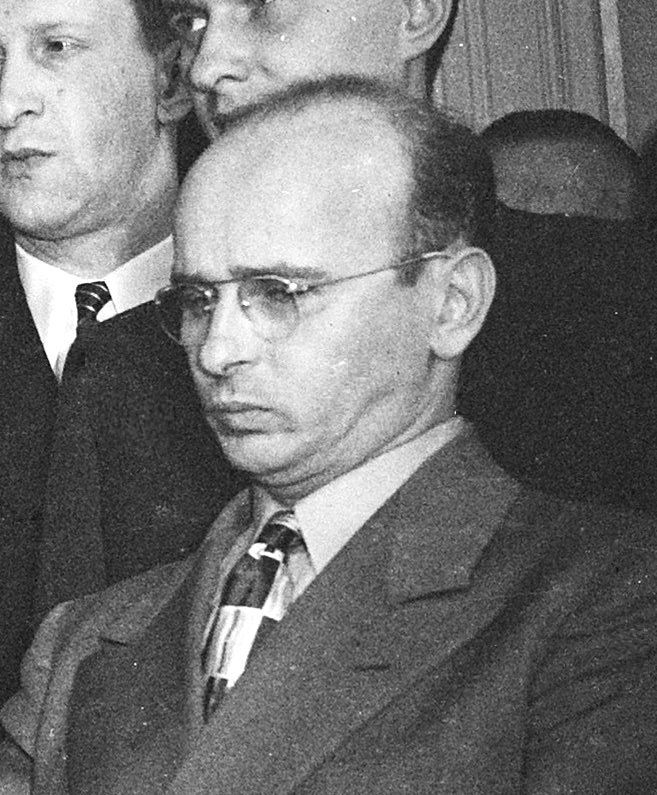
The Brilliant, Young Samuel Reshevsky
Samuel Reshevsky was born in Poland on November 26, 1911 and started to play chess at the age of four.
He came to the U.S. permanently at age nine (1920). From 1924 to 1931 he quit chess completely to get an education in the U.S., and graduated from the University of Chicago in 1934 (he got a accounting degree and did well as an accountant).
Reshevsky then moved to New York for the rest of his life, married Norma Mindick (they had three children), and spent the rest of his days doing his job (he was never a chess pro) and playing chess whenever possible.
The first game (it was the usual “kill-the-opponent simultaneous” with nine-year-old Sammy beating down his opponents) shocked me, since as I looked at the endgame, I noticed that Sammy’s opponent (Knoller) didn’t understand anything about endgames.
Reshevsky realized it and, kindly, decided to give his opponent an endgame lesson. For lower-rated players, this game should help you too.

ONE:
Sammy (nine years old) gives his opponent an endgame lesson!
Sammy clearly gave his opponent a lesson, but I’m not sure if his opponent knew it!
TWO:
Charles Jaffe was a professional chess player. He beat Jacques Mieses 2-0 in a small match. He also played a match against Marshall, but Jaffe lost the match with two wins, three draws and four losses.
One would think that Jaffe would beat the nine-year old Reshevsky, but the opposite occurred. Of course, I should add that Jaffe played blindfold.
THREE:
Just another master to beat!
Morris Schapiro was another chess master. He was also a very successful investment banker. Don’t forget that Reshevsky was nine years old.
FOUR:
Reshevsky the killer!?
After university in 1934, he decided to get back to chess again. Would being away from chess for so long have eroded Reshevsky's skills? No—instead, he was better than ever!
Reshevsky said: “I am essentially a positional player, although I can conduct an assault with precision and vigor.”
See if you can attack like Reshevsky!
FIVE:
Find a smashing move.
SIX:
Down goes Capa! Down goes Capa!
SEVEN:
After a crazy opening (that had to be good for White), we get this chaotic situation. White has an extra pawn and an exchange. However, White’s kind isn’t castled and Black’s pieces are working together while White’s are not.
EIGHT:
NINE:
Black has an extra pawn, but White was hoping to hold on due to the opposite-colored bishops.
10:
11:
A lot of people think that chess players win by one of the following ways: playing an attack or tactic, outplaying the opponent in an endgame or beating the opponent by positional skills. However, Reshevsky was a master of all those things:
Next article: Reshevsky hitting his prime!






